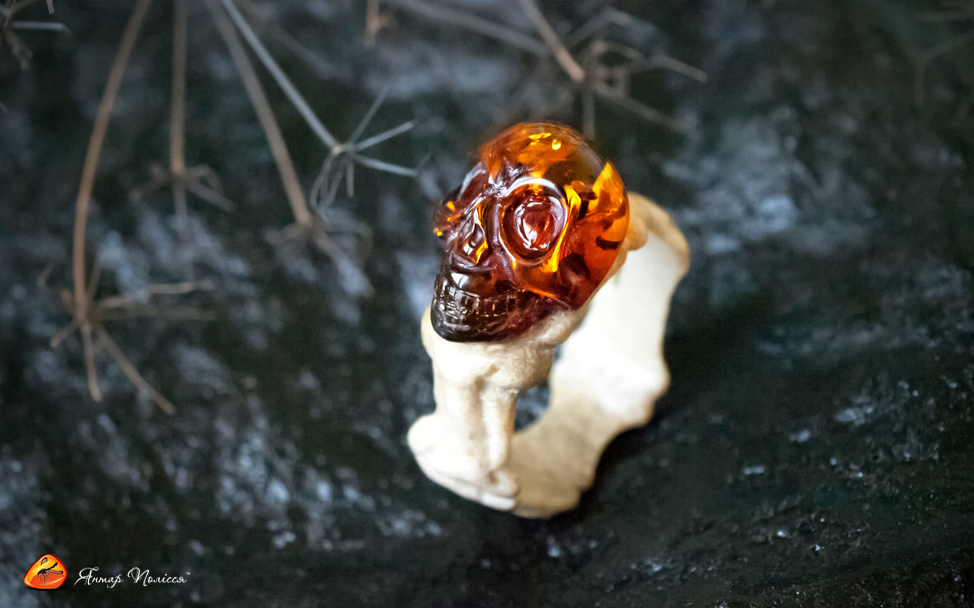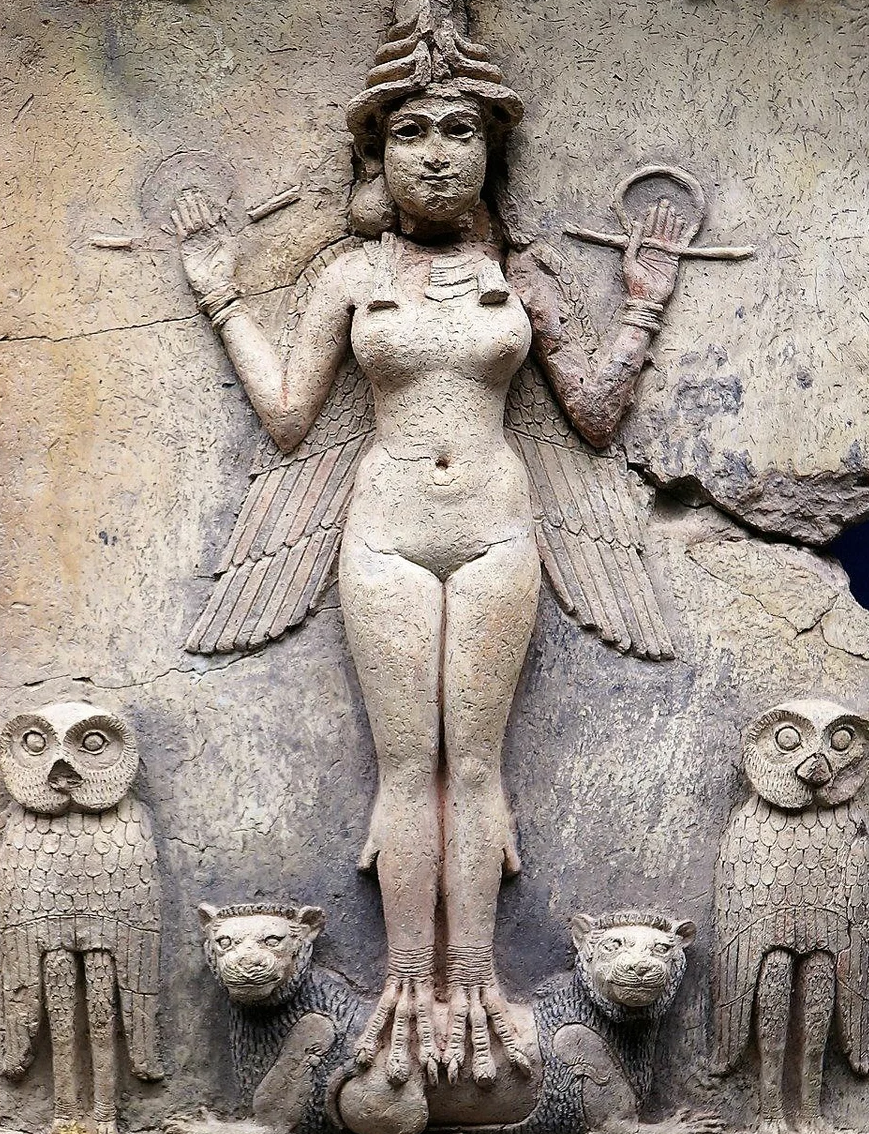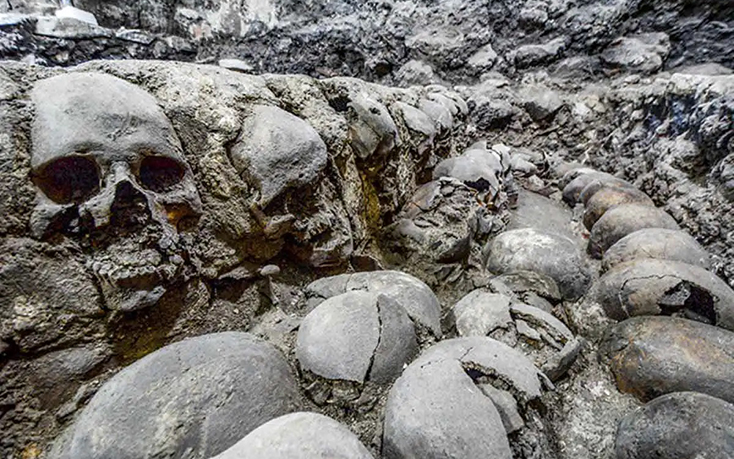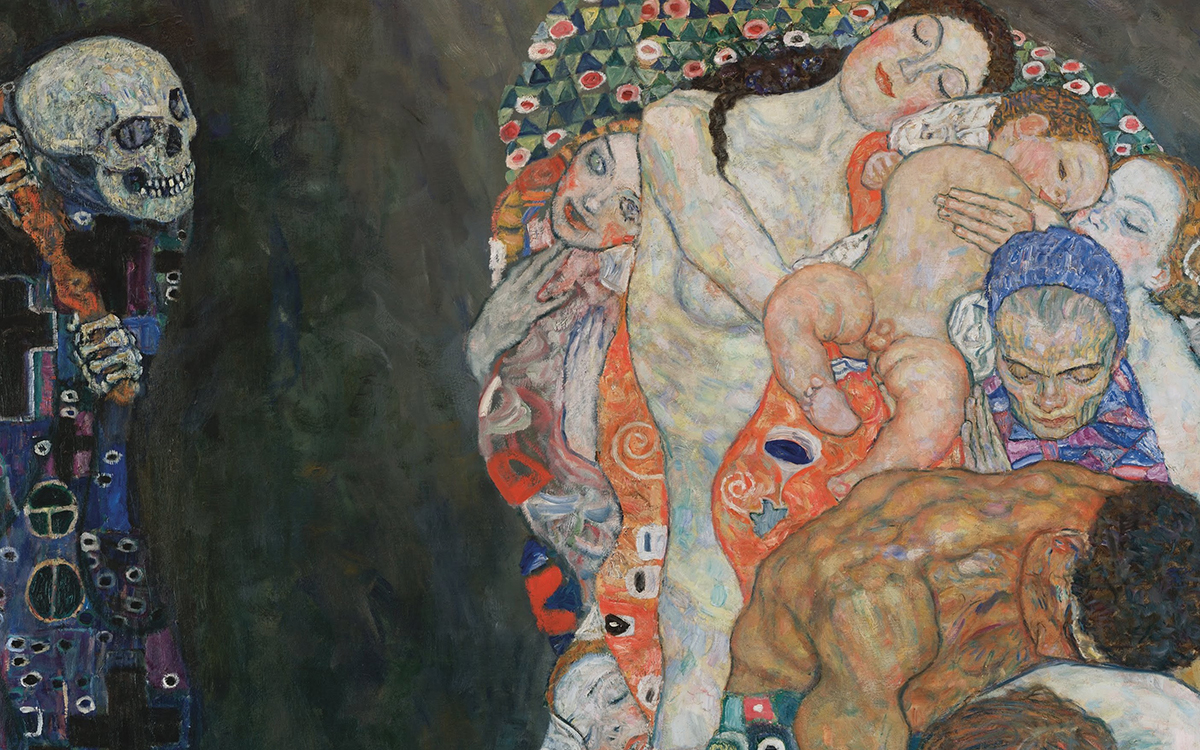Accessories with skulls - varieties, meanings, properties

The history of the symbol is antiquity and paganism

The skull is an important detail of Scandinavian mythology. The Vikings in a similar form - without flesh, but with a beard and in a horned helmet - depicted ancestors who give useful advice to their descendants. Most likely, the basis of the story is in the saga of the giant Mimir, whose severed but still living and talking head guarded the source of wisdom. In addition, this part of the body played a central role in cosmogony (the creation of the universe): from the top of the giant Ymir, the sky was created, from the brain - clouds, and hair turned into trees, bushes and grass. Germanic tribes planted such remains on a pole and carved runes on them to curse their opponents. And among the Celts, Scythians and Huns, relics won in a brutal battle became a measure of military success - they were displayed at the entrance to the tent, hung from horse harnesses and belts so that the souls of the fallen would not find peace and serve the victor forever.

Christianity - from original sin to a fashionable attribute
In theology, the skull is called "Adam's head" because of the apocryphal legend that the ashes of the first man rested on Golgotha (whose name probably comes from the Aramaic word "gogulto" - "forehead place"). After a thousand years, the blood of Jesus Christ washed him, metaphorically redeeming the ancient defilement, correcting hellish torments and oblivion. Therefore, such a drawing is often present on Crucifixes, church utensils, monastic robes.
Medieval theologians equated the skull with the Holy Grail - the seat of innocence, purity and grace, and its loss illustrated the expulsion from paradise. It also marks biblical stories of the Last Judgment and the motif of the "Dance of Death", which arose after the terrible plague pandemic in 1346-1535 - in Europe alone, up to 60% of the population died from it. Cups were also made from the heads of locally respected saints - allegedly, drinking from them, one could be cured of epilepsy, leprosy, and fever.
In the icon painting, the skull is a sign of a recluse who rejected the worldly for the sake of spiritual search and reflection on the impermanence of existence. In the XVI-XVII centuries. this interpretation penetrated the secular painting of Flanders, the Netherlands, Spain and France, transforming into the philosophy of vanitas (from the Latin term "vanitas" - "vanity, nonsense, vanity"). It was based on a verse from the Book of Ecclesiastes (Old Testament): "Vanity is vanity - all is vanity!" (Eccl. 1:2), where the preacher complains about how small and insignificant human achievements, plans and dreams seem compared to the almighty Lord. No matter what heights a commander, scientist, king or poet reaches, death equalizes everyone, so one should not blindly pursue pleasures. To shade similar still lifes, objects with a similar interpretation were added to them - withering flowers, overripe fruits, broken dishes, extinguished candles, soap bubbles, a clock and medical instruments.
Among the Puritans (a branch of Protestantism, very common in England, and later in America), the skull was almost the only permitted type of decoration, because the adherents of this faith staunchly denied all kinds of luxury and excess. Therefore, dead heads with wings or surrounded by the sun's rays decorated both tombstones and pocket chronometers, buckles, tie pins, women's caskets and handkerchiefs, symbolizing the future resurrection and the forgiveness of all sins.
But in other religions, the range of interpretation is much wider. For example, among Buddhists, the skull is the source of the elixir of immortality and an element of the wheel of Sansara (the road that the soul takes in its quest to get rid of the shackles of karma). In Zoroastrianism (a teaching based on the revelation of the prophet Zarathustra), such remains are inhabited by dangerous deva spirits, which is why they must be kept in roofless mausoleums. Hindus, going away to an ashram (an abode of sages, located far from noisy settlements), took with them a skinless head to avoid temptations. And Muslims treat relics with no less respect than living people, while believing that fate can be read by the bending joints of the facial and occipital bones.
Art, design, industry - the skull in the XIX-XXI centuries.
With the onset of the Age of Enlightenment, the gloomy emblem loses its former sacredness. It is applied to pirate flags, chevrons of military brigades, emblems of secret societies and thieves' hideouts. But such liberalization opened the way for the creativity of numerous modern and postmodern artists, constructors, and designers. For example, in the works of Gustav Klimt, the skull is a threat that prevents happiness and destroys hope. Belgian graphic designer James Ensor replaced the characters with skeletons and carnival masks to emphasize the caricature of social roles. Battle artist Vasyl Vereshchagin depicted a pyramid of sun-dried heads against the background of ruins and burnt steppe on the canvas "Apotheosis of War" (aka "Triumph of Tamerlane"), dedicating it to "conquerors - past, present and future." And the Indian Subodh Gupta built stylized relics from dishes and kitchen appliances, trying to express the absurdity of consumer society.
Due to the improvement of technologies, there was a need for conventional designations for various industries. A schematic sketch of a skull with bones immediately suggested thoughts of danger, so they began to note poisonous and radioactive substances, high voltage, fast-moving machines, regime enterprises that require constant vigilance.
In the second half of the 20th century, the skull was perceived as a slightly daring original accessory worn by punks, bikers, rockers or goths. This stereotype was broken by "haute couture" collections - elite fashion designers could not pass up such a chance to diversify clothes. Similar prints, embroideries, logos and applications are on premium items from Ralph Lauren, Alexander McQueen, Philipp Plein.
Who needs skull jewelry and how do they affect the owner?
As a rule, such products are preferred by thoughtful, decisive, remarkable people who are confident in themselves and are not afraid of other people's judgment. They clearly understand their values and priorities and are ready to defend them. These individuals are charismatic, erudite, prudent and careful, able to analyze events and act in accordance with the rapidly changing situation. And if they falter at some point, a carefully chosen charm will come to the rescue!
However, wonderful creations have other effects. They soothe, calm, give stability, courage and foresight, suggest the right actions in difficult situations, increase intuition and reduce anxiety. With such accessories, you are not at risk of migraines, dental and eye diseases, inflammation of the nerves, depression, insomnia and sudden changes in emotions. In addition, the owner is also able to endow the amulet with a unique meaning - from individual personal experiences to philosophical views. Only you can decide what your favorite decoration will mean.
